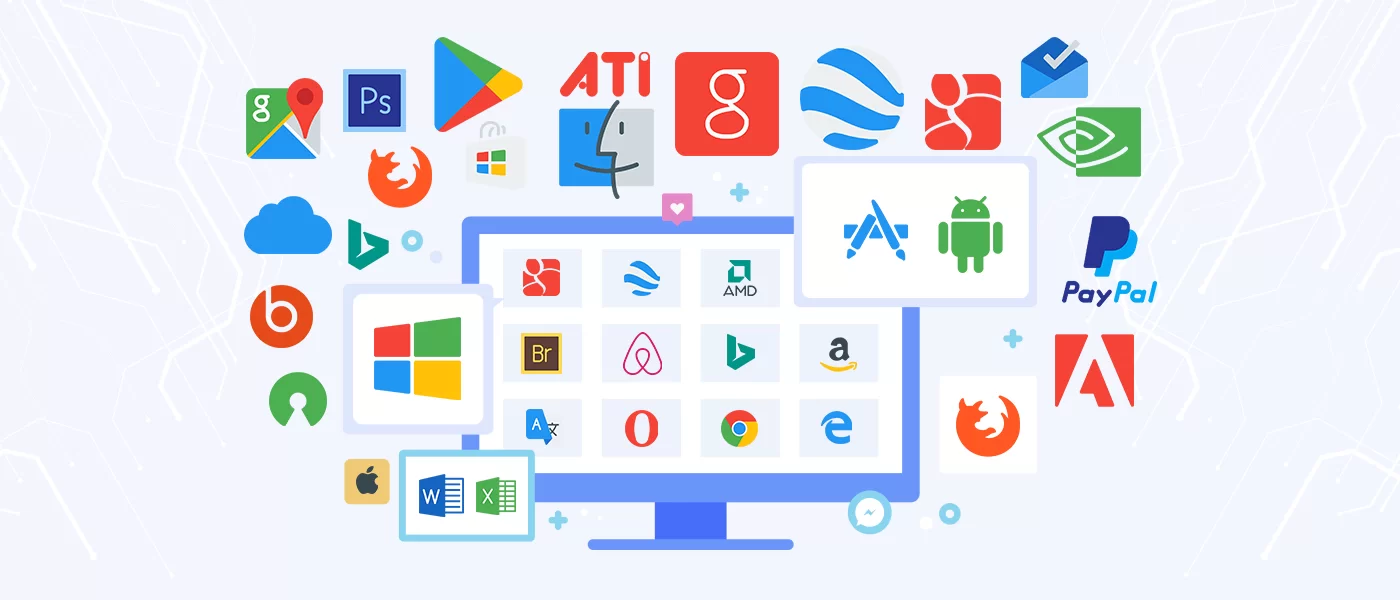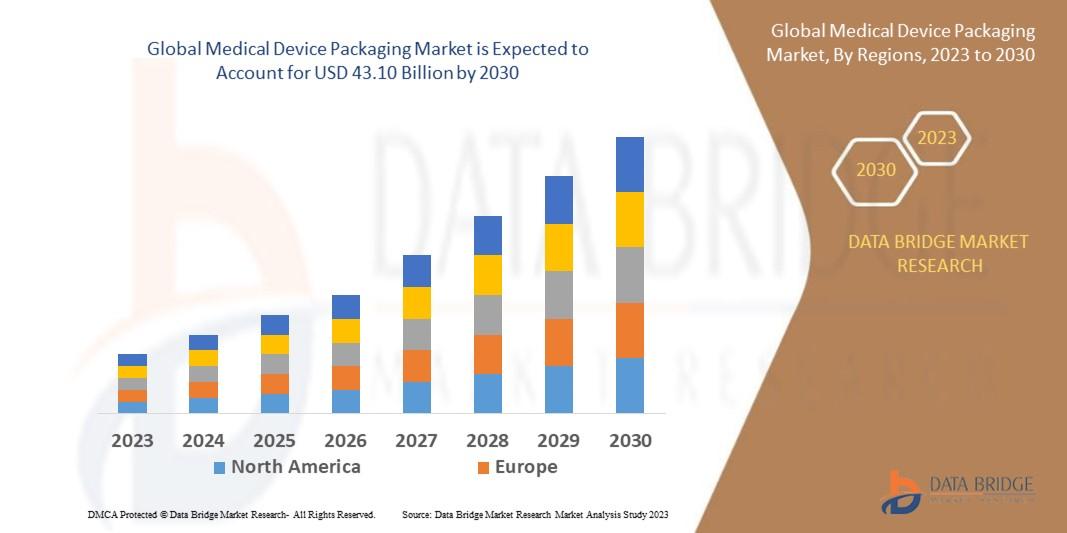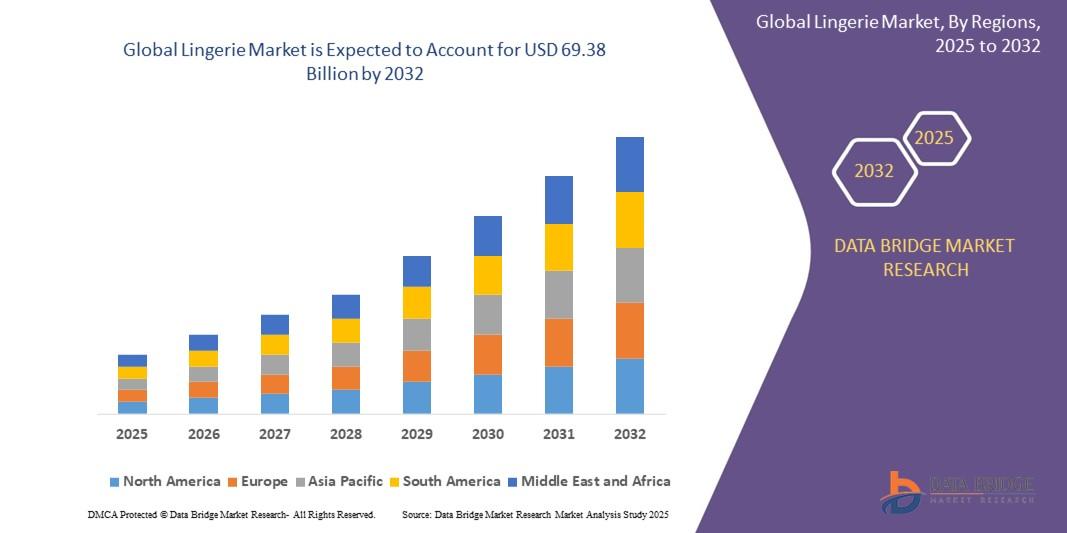Deconstructing the Competitive and Evolving Global Software Market Share

The competitive landscape that defines the Software Market Share is a fascinating and complex tapestry, woven from the threads of long-standing monopolies, fierce oligopolistic rivalries, and a vibrant, constantly churning ecosystem of innovative startups. On one hand, the market is heavily consolidated, with a significant portion of global revenue captured by a handful of technology behemoths who have established deeply entrenched positions in key market segments. Microsoft, for example, has maintained a dominant, near-monopolistic share of the desktop operating system and office productivity suite markets for decades through its Windows and Office franchises. In the enterprise application space, giants like Oracle and SAP have built formidable empires around their database and ERP platforms, creating a high degree of customer lock-in due to the complexity and cost of switching these mission-critical systems. Similarly, companies like Adobe have established a commanding share in the creative software market with their Creative Cloud suite. These incumbents leverage their immense scale, vast patent portfolios, global distribution channels, and deep enterprise relationships to defend their market share and acquire promising competitors, creating a powerful and stable upper echelon that controls a large slice of the industry's profits.
Despite this concentration at the top, the market share is far from static and is being continuously reshaped by powerful disruptive forces, most notably the rise of cloud computing and the Software-as-a-Service (SaaS) delivery model. This shift has enabled a new class of players—the cloud hyperscalers—to seize a massive and rapidly growing share of the market. Amazon (with AWS), Microsoft (with Azure), and Google (with Google Cloud) have become the new kingmakers of the software world. They not only control the underlying infrastructure on which a growing majority of modern software runs, but they are also aggressively moving up the stack to offer their own databases, analytics tools, and AI/ML services, competing directly with traditional software vendors. The SaaS model has also dramatically lowered the barrier to entry, allowing thousands of agile startups to challenge incumbents by offering more user-friendly, specialized, and cost-effective solutions without the need for a massive sales force or physical distribution. Companies like Salesforce (in CRM), ServiceNow (in IT Service Management), and countless vertical SaaS players have successfully chipped away at the market share of legacy on-premises vendors, demonstrating that even the most entrenched positions are vulnerable to innovation and a superior business model.
The distribution of market share is further nuanced by the powerful and pervasive influence of the open-source software movement. While it does not always translate directly into revenue-based market share, open-source software holds a commanding "mindshare" and forms the foundational layer of a vast portion of the modern technology stack. The Linux operating system, for example, dominates the server and cloud infrastructure market. Open-source databases like MySQL and PostgreSQL, and big data technologies like Apache Hadoop and Spark, are the backbones of countless enterprise applications. The business model of many successful software companies, such as Red Hat (now part of IBM) and MongoDB, is built around providing commercial support, services, and enterprise-grade features for these powerful open-source projects. This creates a complex dynamic where market share is not just about proprietary software sales but also about the ecosystem of services and influence built around these collaborative, community-driven technologies. This results in a global market share that is a complex mosaic: a top layer of legacy giants, a powerful and growing layer of cloud hyperscalers, and a vibrant, dynamic base of SaaS startups and open-source ecosystems, all competing for their piece of the digital economy.




